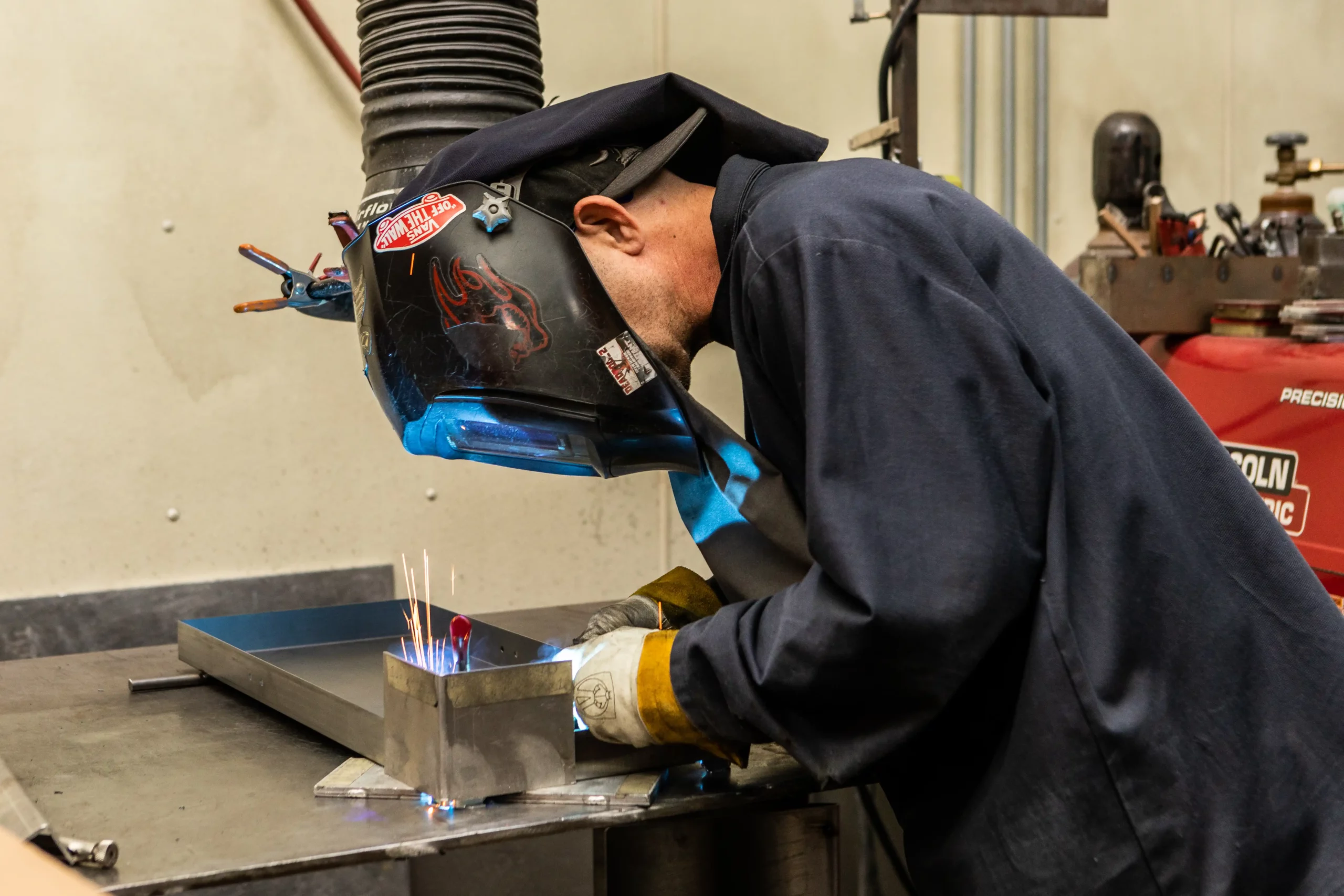Recognizing Welding WPS: Comprehensive Guide for Welders
Recognizing Welding WPS: Comprehensive Guide for Welders
Blog Article
Grasping Welding WPS Standards: Best Practices and Techniques for Top Quality Welds
In the realm of welding, grasping Welding Procedure Specification (WPS) requirements is an important component that straight affects the quality and integrity of welds. As we navigate through the complexities of welding WPS criteria, discovering essential insights and approaches for attaining top-tier welds will be paramount for welders seeking to succeed in their craft and generate welds that stand the test of time.
Understanding Welding WPS Requirements

Understanding WPS criteria is essential for designers, welders, and assessors associated with welding procedures. By following WPS standards, welders can produce welds that satisfy the called for mechanical homes and structural honesty. Assessors rely upon WPS documentation to confirm that welding treatments are being complied with properly which the resulting welds are of premium quality. Designers use WPS criteria to develop welding treatments that make sure the sturdiness and integrity of welded frameworks.


Crucial Tools for Quality Welds
Grasping welding WPS standards is crucial for welders to efficiently use the crucial tools required for generating quality welds. One of the most important devices for high quality welds is a welding machine. The kind of welding equipment needed depends on the welding process being utilized, such as MIG, TIG, or stick welding. Welding headgears are also vital to protect the welder's eyes and face from triggers, warm, and UV radiation. Additionally, welding gloves made of durable and heat-resistant materials protect the hands from injuries and burns. Magnets and clamps aid hold the workpieces with each other securely during the welding process, making certain precise and accurate welds. Cable brushes and damaging hammers are vital for cleaning the weld joint prior to and after welding to get rid of any type of impurities that could impact the quality of the weld. Finally, a determining tape and angle mill are helpful devices for making sure correct positioning and preparing the work surfaces for welding.
Key Techniques for Welding Success
To attain welding success, one must grasp the key techniques necessary for generating top notch welds. Keeping a steady hand and a secure welding setting throughout the procedure is crucial to accomplishing precision and uniformity in the welds. By Check Out Your URL understanding these essential strategies, welders can raise the high quality of their work and achieve welding success.
Ensuring Conformity With WPS Specifications

Furthermore, maintaining thorough records of welding parameters, tools calibration, and assessment results is crucial for demonstrating compliance with WPS criteria. By diligently adhering to WPS criteria, welders can guarantee that their job fulfills the needed high quality levels and adds to the overall success of the welding job.
Troubleshooting Common Welding Issues
When confronted with common welding issues, Web Site determining the source is important for effective troubleshooting. One prevalent trouble is the existence of porosity in welds, commonly triggered by pollutants such as rust, dampness, or oil. To resolve this, making sure correct cleaning of here are the findings the base steel prior to welding and using the appropriate shielding gas can substantially lower porosity. An additional problem often run into is lack of fusion, where the weld stops working to effectively bond with the base product. This can come from inadequate heat input or inappropriate welding strategy. Readjusting specifications such as voltage, wire feed speed, or take a trip speed can aid enhance blend. Furthermore, distortion, breaking, and spatter prevail welding challenges that can be reduced through proper joint preparation, consistent warmth control, and picking the proper welding consumables. By completely understanding these typical welding issues and their origin triggers, welders can effectively fix issues and achieve premium welds.
Verdict
To conclude, grasping welding WPS criteria requires a detailed understanding of the standards, utilizing essential tools, and implementing essential strategies for successful welds. Making certain compliance with WPS criteria is important for generating high quality welds and avoiding common welding concerns. By complying with finest methods and methods, welders can achieve constant and trustworthy results in their welding jobs.
In the realm of welding, mastering Welding Procedure Requirements (WPS) requirements is a crucial element that directly influences the high quality and stability of welds.When diving into the realm of welding methods, a critical element to comprehend is the relevance and intricacies of Welding Treatment Specification (WPS) standards. WPS standards supply a comprehensive guideline for welding procedures, ensuring uniformity, top quality, and security in the welding process. The type of welding device required depends on the welding procedure being made use of, such as MIG, TIG, or stick welding.Accomplishing welding success through the mastery of essential strategies necessitates a complete understanding and adherence to Welding Treatment Spec (WPS) requirements.
Report this page